Illusionary Impact: The Rise of 3D Billboards
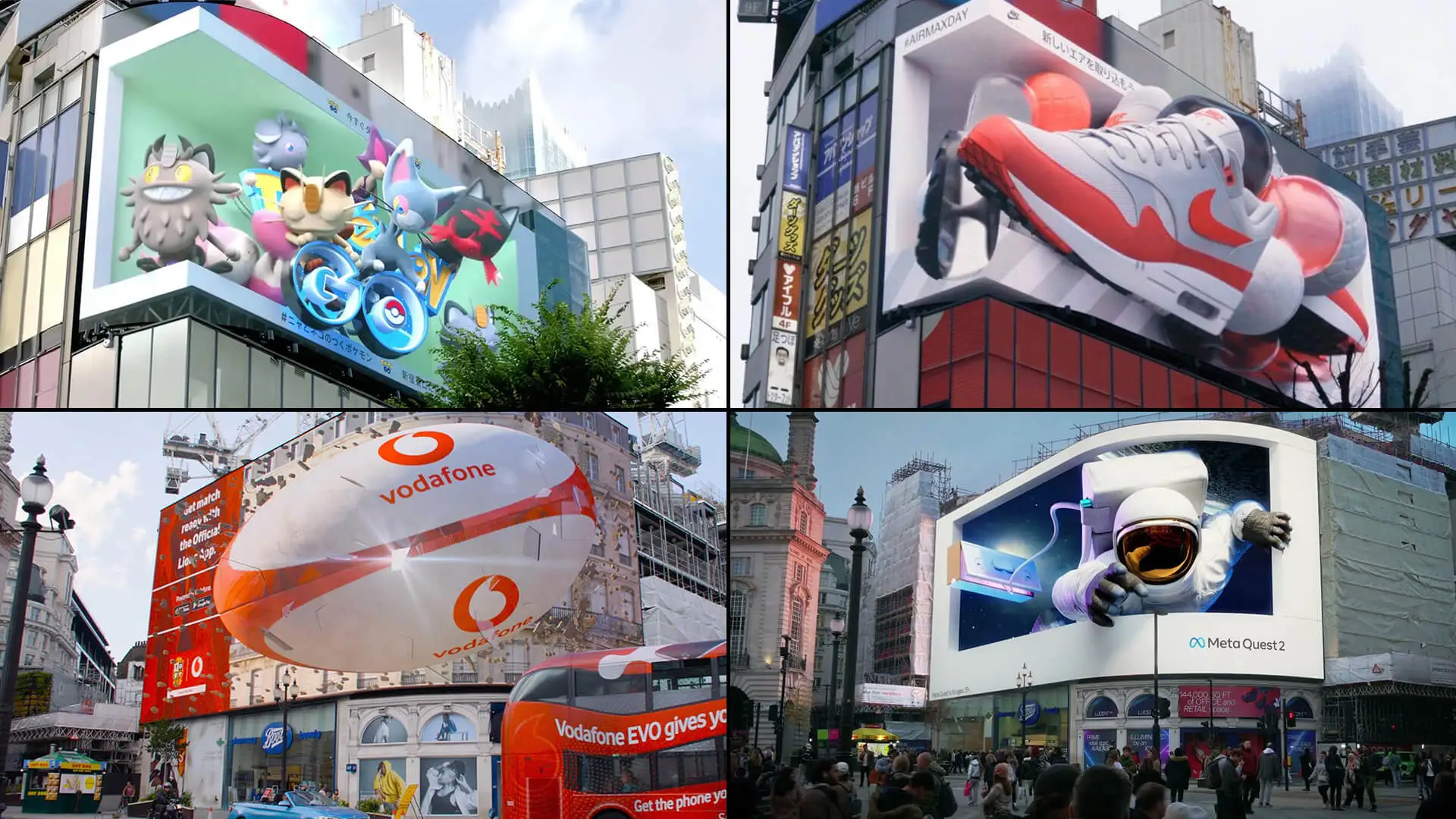
Ever feel lost in a sea of ads? Brands are fighting for your attention, and traditional billboards can easily blend into the background. Enter the game-changer: anamorphic and forced perspective billboards. These mind-bending displays use illusion to create visuals that leap off the board and spark conversation.
What are Anamorphic and Forced Perspective Billboards, and Are They 3D?
At their core, anamorphic and forced perspective billboards play with our perception. Anamorphic art creates images that appear distorted unless viewed from a specific angle or through a particular lens; at this point, the image appears three-dimensional. Forced perspective, on the other hand, uses optical illusions to make objects appear larger, smaller, closer, or farther away than they are.
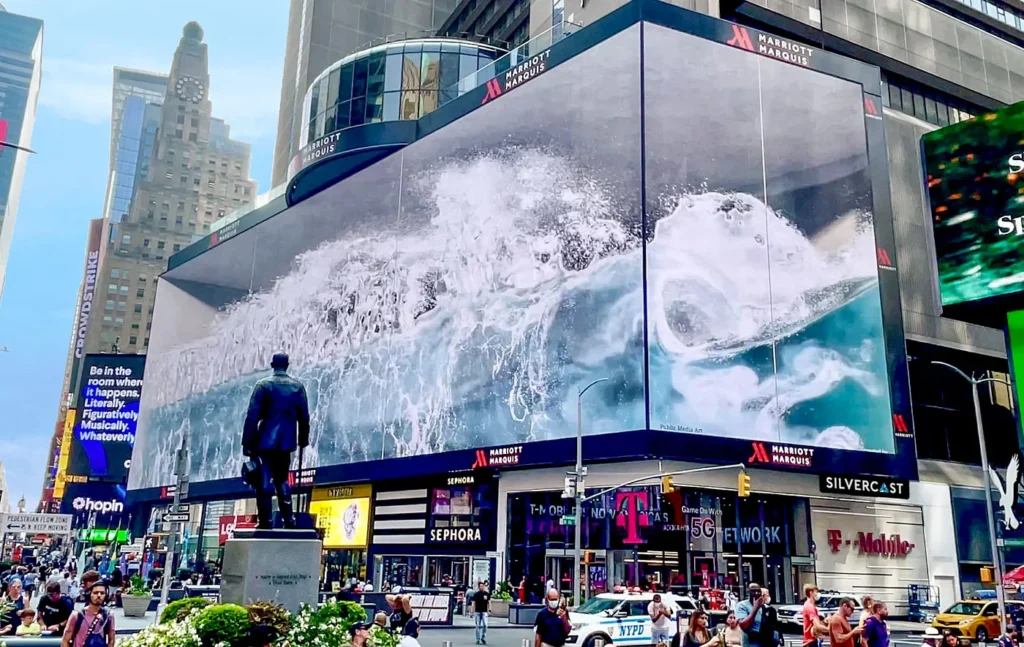
Is it 3D? Well, it uses three-dimensional CGI artwork; however, there is no unique 3D technology to see this with your naked eye. It uses a three-dimensional LED display (billboard) with multiple sides. Companies like Meta leverage these shapes to help create depth, and we use forced perspective techniques to bring it to life. Having a corner, two or three-sided shapes helps enhance the effect.
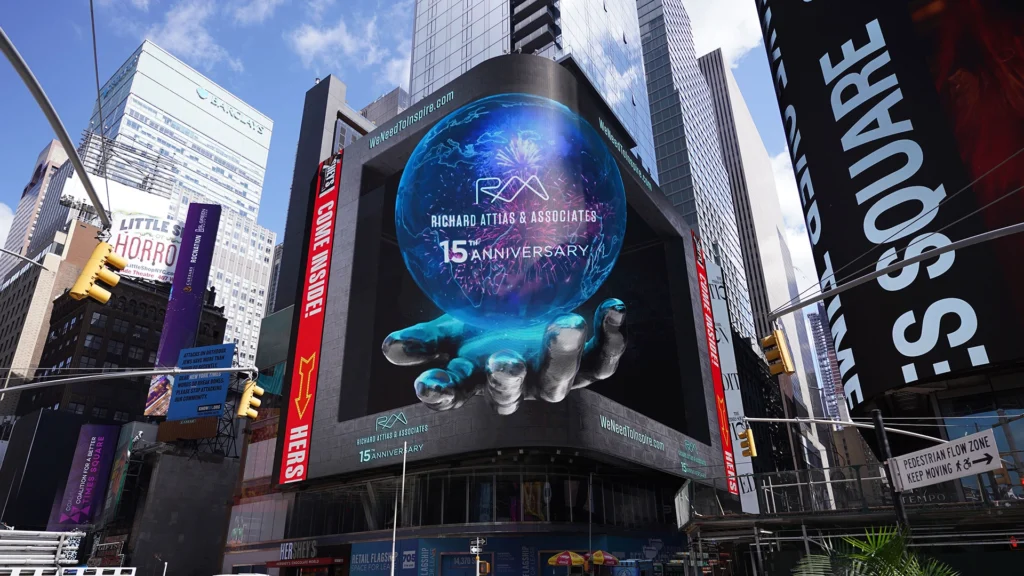
A Powerful New Approach Based on a Simple Technique
Think of how artists use forced perspective techniques on a flat surface like a road or sidewalk to create 3D chalk art. Very few brands would consider a street art chalk campaign, but the 3D billboard is based on this street art trick.

The image is not 3D, but the illusion looks 3D. It is quite effective.
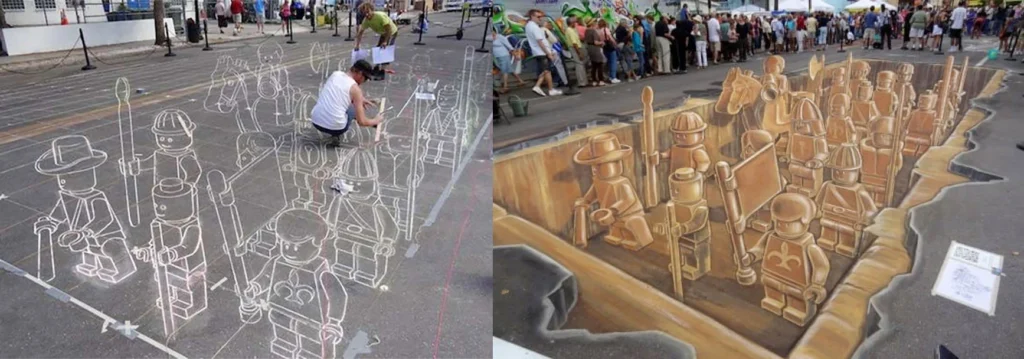
In the context of billboards, these techniques create incredible visuals that seem to leap off the board or interact with their surroundings in unexpected ways. A giant shoe might appear to be crushing a car parked nearby, or a soda can seems to be pouring its contents onto the street below. This cat billboard attracted national attention when it premiered in Tokyo – it’s a great example of how these techniques can be used to create eye-catching and engaging advertisements!
Who’s Using This Tech?
Big names like Spirit Halloween, Meta, Rolex, Nike, and HBO have all leveraged the power of illusion to create unforgettable campaigns. Billboards have always been a marketing staple, but with this innovative twist, they become powerful attention grabbers in busy areas. Digital animations add another layer of excitement, bringing the 3D effect to life.
Behind the Scenes: The Making of a Nike Shoe 3D Billboard
Imagine a Nike Air Jordan shoe, seemingly defying gravity outside the city building. Let’s dive into the process of creating a 3D billboard that captures the legendary sneaker.
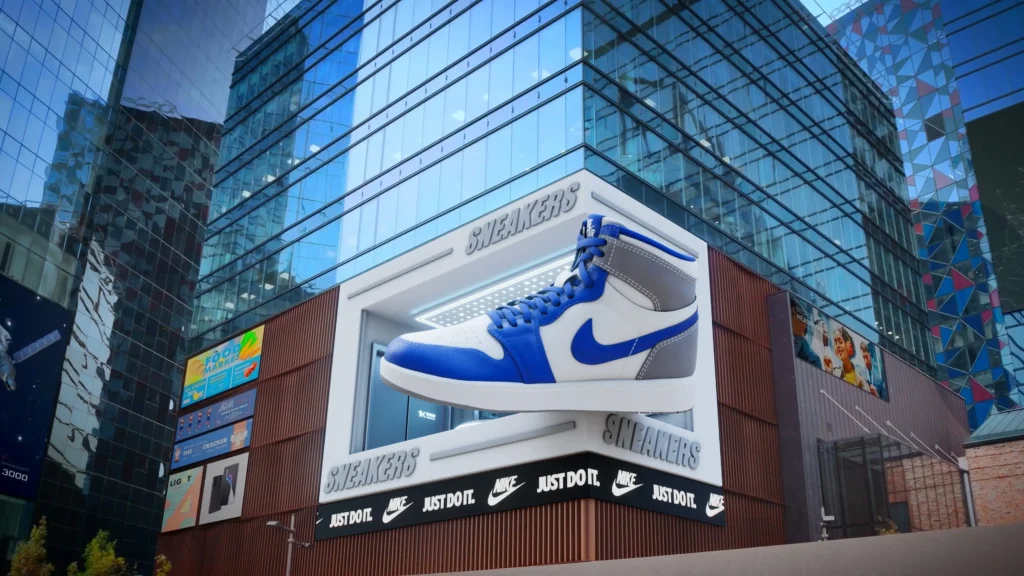
The hovering effect is powerful and is created through a forced perspective illusion. It doesn’t take special digital hardware or technology to make this content work. Oversized displays that have a corner will work.
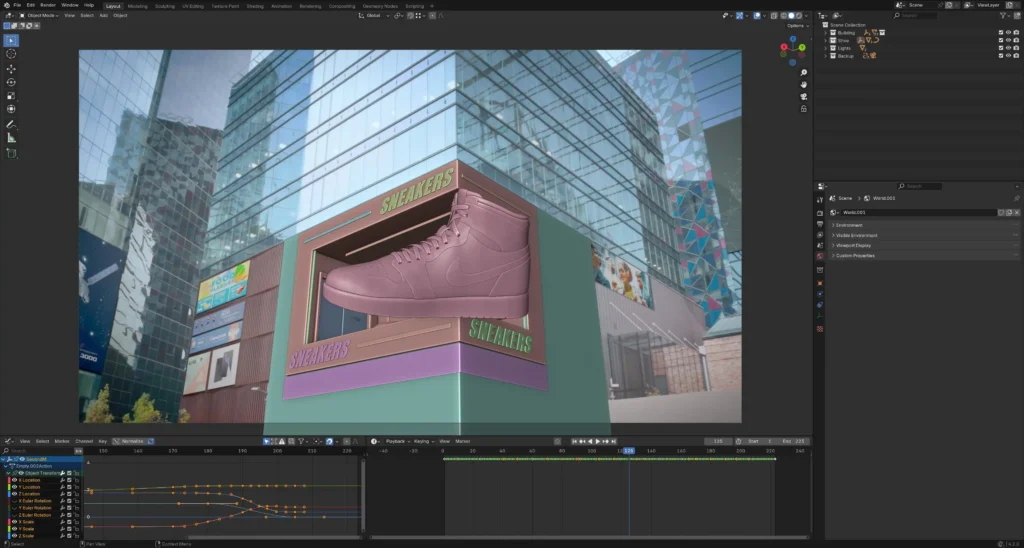
One of the aspects of creating a 3D billboard is the seamless integration of CGI with real-world footage. To achieve the illusion of a giant Nike shoe existing in a real-world environment, advanced techniques like motion tracking and 3D match-moving are employed to ensure the shoe appears to interact naturally with its surroundings.


Comments are closed.